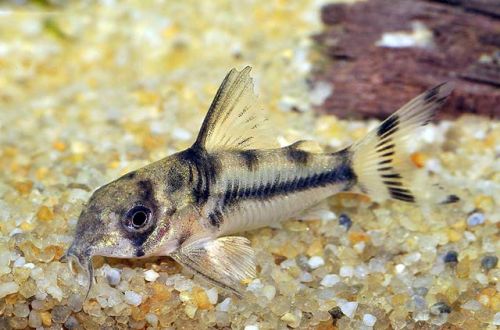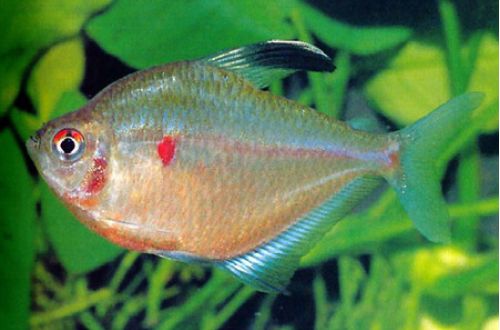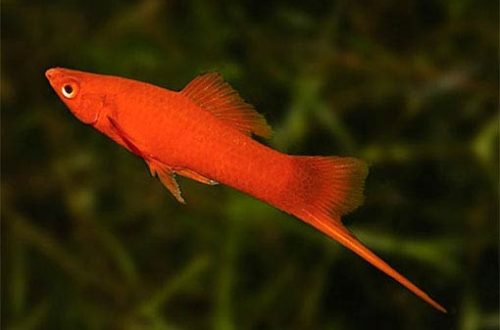
Narrowhead catfish
The narrow-headed catfish, scientific name Pseudohemiodon laticeps, belongs to the family Loricariidae (Mail catfish). The whimsical appearance and ease of maintenance make this catfish in demand among lovers of exotic / unusual fish.

Contents
Habitat
It comes from South America, the natural habitat covers vast expanses from Venezuela to the northern provinces of Argentina. Inhabits sections of rivers with a calm flow, regions with sandy soft substrates, many shelters in the form of submerged tree roots and other snags, among which it hides in the daytime.
Brief information:
- The volume of the aquarium – from 500 liters.
- Temperature – 18-24°C
- Value pH — 6.0–7.5
- Water hardness – 2–12 dGH
- Substrate type – sandy soft
- Lighting – subdued
- Brackish water – no
- Water movement – light or moderate
- The size of the fish is 25–30 cm.
- Food – any sinking food
- Temperament – peaceful
- Content alone or in a group
Description
Adults reach a length of 25–30 cm. The catfish has a flat, long body with a triangular head shape when viewed from above. The pectoral and ventral fins are wide, the tail, on the contrary, is narrow. The mouth has many sensitive antennae, with which it probes the sand in search of food. The coloration is light with dark specks. A similar body shape and color are designed to hide the fish against the background of sand and help it, if necessary, burrow into the ground, leaving only the eyes on the surface.
Food
An omnivorous species, in nature it feeds on everything that it finds on the bottom. It can be plant remains, as well as small invertebrates. In a home aquarium, it will accept most popular foods, as long as they are sinking.
Maintenance and care arrangement of the aquarium
The optimal size of the aquarium for one catfish starts from 500 liters. Design should include soft, sandy bottoms and several appropriately sized hiding places to allow the fish to behave naturally. Although it is nocturnal, a dimmed light level is not required, it will become active after the lights are turned off. If you want to watch him, it is recommended to use evening lighting with a red spectrum.
Successful keeping of Narrowhead Catfish depends on many factors (balance of diet, getting along with other fish, etc.), the most important of which is ensuring high water quality within an acceptable range of temperatures and pH / dGH values. The stability of the habitat is maintained by water purification systems, as well as through regular aquarium maintenance procedures (removal of waste, replacement of part of the water with fresh water, etc.).
Behavior and Compatibility
Not aggressive calm fish, able to get along with other species of similar size. In large tanks, intraspecific conflicts were not noted, however, with a lack of space, competition for a plot at the bottom of the aquarium is possible. Depending on the volume, they can be either alone or in the company of relatives.
Breeding / breeding
This species is characterized by paternal care for offspring. It is the male who is responsible for the safety of eggs and fry. At the end of spawning, males attach eggs to their tendrils and carry them with them for two weeks. During the incubation period, he continues to lead a normal life, feeding on zooplankton, burrowing into the ground. Apparently, this does not have any detrimental effect on the development of eggs. After the appearance of juveniles, parental instincts fade away.
Cases of successful breeding in home aquaria are not uncommon. However, in order to save the fry, they will need to be moved to a separate tank.
Fish diseases
The cause of most diseases is unsuitable conditions of detention. A stable habitat will be the key to successful keeping. In the event of symptoms of the disease, first of all, the quality of the water should be checked and, if deviations are found, measures should be taken to correct the situation. If symptoms persist or even worsen, medical treatment will be required. Read more about symptoms and treatments in the Aquarium Fish Diseases section.





